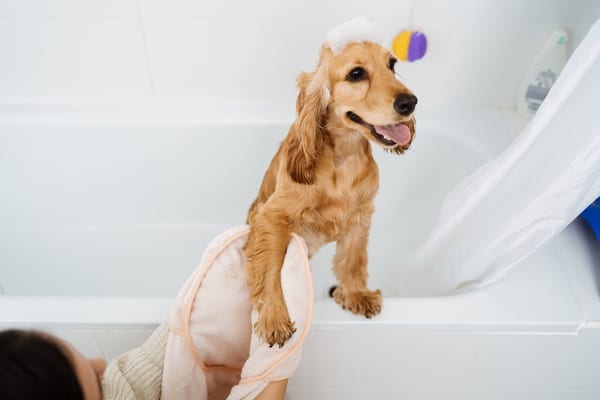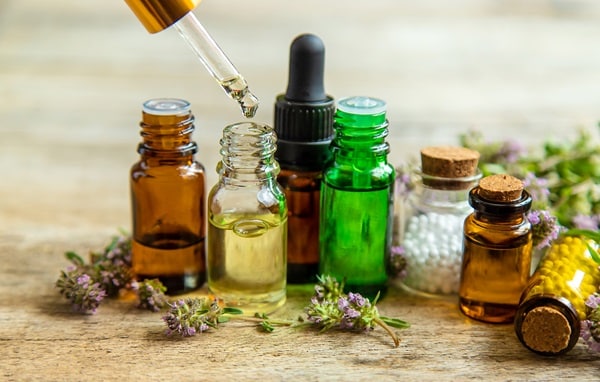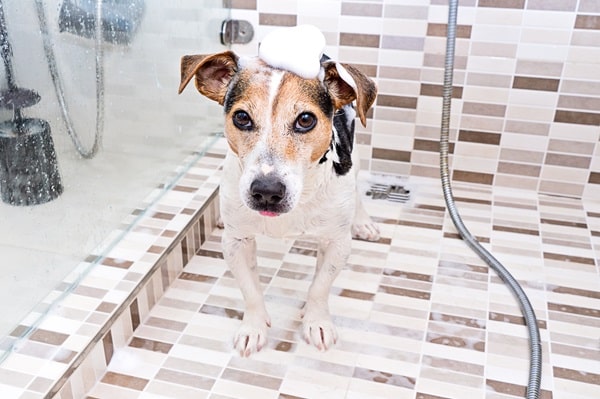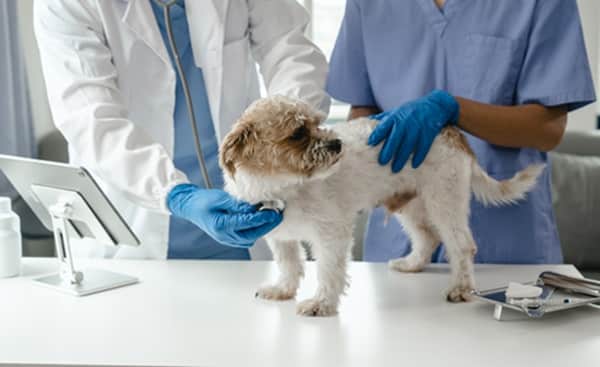The trend of using ‘natural’ remedies for various ailments has skyrocketed in recent years, and controlling fleas in pets is no exception. Pet owners are increasingly turning to natural solutions, often believing them to be safer and less toxic than conventional methods. But how safe is a ‘natural’ flea treatment? This article aims to shed light on the potential risks associated with using natural remedies for flea control. From the lack of regulation to questions about efficacy and safety, it’s crucial to understand what you’re getting into before you make a choice that affects the well-being of your furry friend.
Contents
- 1 The Allure Of ‘Natural’ Treatments
- 2 What Constitutes A ‘Natural’ Flea Treatment?
- 3 Lack Of Regulation In Natural Products
- 4 The Question Of Efficacy
- 5 Potential Risks To Pets
- 6 Risks To Humans
- 7 Safer Alternatives And Precautions
- 8 The Role Of Veterinarians In Flea Treatment
- 9 Making The Final Choice: What You Need To Know
The Allure Of ‘Natural’ Treatments

The term ‘natural’ flea treatment has a certain appeal that’s hard to ignore. It conjures up images of pristine landscapes, free from the taint of chemicals and artificial substances. This emotional pull has led many pet owners to seek out natural alternatives for flea treatment, hoping to avoid the perceived risks of chemical-based products. But it’s essential to remember that “natural” doesn’t necessarily mean “safe” or “effective.”
The rise of ‘natural’ flea treatment can also be attributed to the growing awareness of sustainability and environmental impact. Many people believe that by choosing natural options, they are making a more eco-friendly choice. However, the term “natural” is often loosely defined, and what is marketed as natural may still have undergone various forms of processing.
What Constitutes A ‘Natural’ Flea Treatment?

When it comes to flea treatments, the term “natural” can be quite ambiguous. Generally, it refers to products that are made from ingredients found in nature, such as essential oils, herbs, and plant extracts. These ingredients are often touted as being free from synthetic chemicals, leading many to believe they are inherently safer options for their pets. However, it’s crucial to delve deeper into these ingredients to truly understand their implications.
Not all natural ingredients are created equal. Some may be safe for human use but toxic to pets. For example, certain essential oils that are harmless to humans can be extremely toxic to cats and dogs when ingested or applied to the skin. This highlights the importance of understanding what goes into these ‘natural’ flea treatment, as the first step in evaluating their safety and efficacy.
Lack Of Regulation In Natural Products

One of the most concerning aspects of ‘natural’ flea treatment is the lack of regulation. Unlike pharmaceutical drugs and other medical treatments, natural products often don’t undergo rigorous testing for safety or efficacy. This means that what you see on the label may not always reflect what’s in the bottle. Without standardized testing and quality control, it’s challenging to assess the safety of these products.
The absence of regulation also opens the door for misleading marketing claims. Manufacturers can use terms like “all-natural,” “organic,” or “chemical-free” without having to meet any specific criteria. This can create a false sense of security among consumers, leading them to believe that these products are safer than they actually are. The lack of oversight makes it crucial for pet owners to exercise caution and do their own research before choosing a ‘natural’ flea treatment.
The Question Of Efficacy

When it comes to treating fleas, effectiveness is a non-negotiable factor. After all, the primary goal is to rid your pet of these pesky parasites. While there are anecdotal reports praising the efficacy of ‘natural’ flea treatment, scientific evidence is often lacking. Many natural remedies have not undergone the rigorous testing that conventional flea treatments have, making it difficult to ascertain their true effectiveness.
Comparing natural treatments to conventional ones reveals a gap in proven efficacy. Conventional treatments often contain active ingredients that have been extensively studied and approved for their effectiveness in killing fleas and preventing infestations. On the other hand, natural remedies may work for some but not for others, and their inconsistent performance can be a significant concern. This brings up another crucial aspect: even if a natural treatment appears to work, could there be hidden dangers?
Potential Risks To Pets

As you have been learning, the idea that something natural is automatically safe is a common misconception. In reality, some natural ingredients can pose risks to pets, including allergic reactions and skin irritations. For instance, certain essential oils, while natural, can be highly concentrated and may cause adverse reactions when applied directly to a pet’s skin. It’s essential to be aware of these risks when considering natural flea treatments.
In addition to skin issues, there’s also the risk of ingestion. Pets groom themselves regularly, and there’s a good chance they may ingest some of the treatment applied to their skin. Some natural ingredients can be toxic when ingested, leading to symptoms like vomiting, diarrhea, or more severe health issues. These potential risks to pets make it imperative to approach natural flea treatments with caution.
Risks To Humans

While the focus is often on the safety of pets, it’s crucial not to overlook the potential risks that natural flea treatments may pose to humans. Secondary contact can occur when petting or holding an animal that has been treated with a natural flea remedy. Some natural ingredients can cause skin irritation or allergic reactions in humans as well.
Moreover, children and individuals with compromised immune systems may be particularly vulnerable to risks associated with natural flea treatments. Kids are more likely to put their hands in their mouths, and if they’ve been in contact with a treated pet, they could ingest harmful substances. Therefore, it’s not just about your pet’s safety; you and your family’s health should also be considered when choosing a flea treatment.
Safer Alternatives And Precautions

Given the potential risks associated with natural flea treatments, it’s wise to consider safer alternatives and take necessary precautions. Consulting with a veterinarian should be your first step. They can provide expert advice tailored to your pet’s specific needs, helping you make an informed decision about flea treatment. Veterinarians may also recommend spot tests or a gradual introduction of any new treatment to monitor for adverse reactions.
If you’re still inclined to use natural treatments, doing thorough research is crucial. Look for products that have undergone some form of testing or have been recommended by credible sources. Always follow the application guidelines and keep an eye out for any signs of adverse reactions in both your pet and human family members. By taking these precautions, you can make a more informed and safer choice for flea treatment.
The Role Of Veterinarians In Flea Treatment

When it comes to the health and well-being of your pet, professional advice is invaluable. Veterinarians are trained to diagnose and treat a variety of conditions, including flea infestations. They can offer insights into the most effective and safest treatments available, whether natural or conventional. Their expertise can help you navigate the confusing landscape of flea treatments, ensuring you make the best choice for your pet.
Case studies and testimonials further emphasize the importance of consulting a veterinarian. Many pet owners have found relief from persistent flea problems through professional guidance, avoiding the pitfalls of ineffective or potentially harmful treatments. By seeking expert advice, you’re not just making an informed decision; you’re also prioritizing the long-term health and happiness of your pet.
Making The Final Choice: What You Need To Know
Ultimately, the choice of regular or ‘natural’ flea treatment is yours to make. However, it should be an informed one. Weigh the pros and cons, consult with professionals, and do your own research. Remember, the term “natural” is not synonymous with “safe,” and it’s crucial to consider both the efficacy and potential risks of any treatment you choose. By taking a balanced and informed approach, you can ensure the well-being of both your pet and your family!


